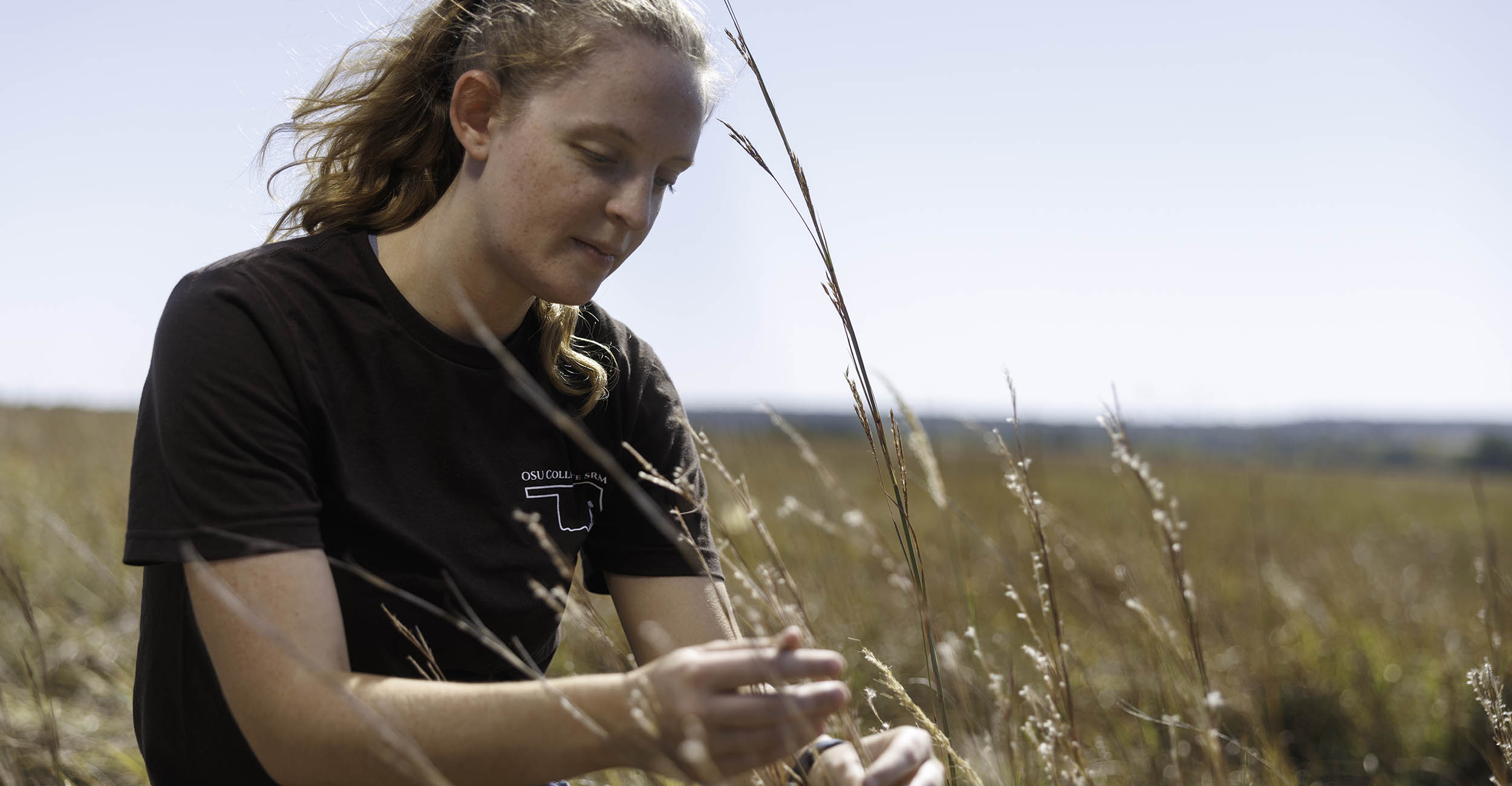
OSU preserving the world’s landscape through rangeland management programs
Monday, February 10, 2025
Media Contact: Gail Ellis | Editorial Communications Coordinator | 405-744-9152 | gail.ellis@okstate.edu
The noon sun beats down on Kendall Christensen as she crouches in a field outside Stillwater to look at the grass around her feet. Tufts of big bluestem, little bluestem, switchgrass and Indiangrass blanket the ground.
“This was previously farmed and then converted back to native range,” she said. “We wanted to see if there were any issues with the fertility on the land from farming and if there was anything we could do to increase fertility and production on the land.”
The study was part of Christensen’s undergraduate research project in the Oklahoma State University Department of Plant and Soil Sciences. She also double-majored in natural resource ecology management.
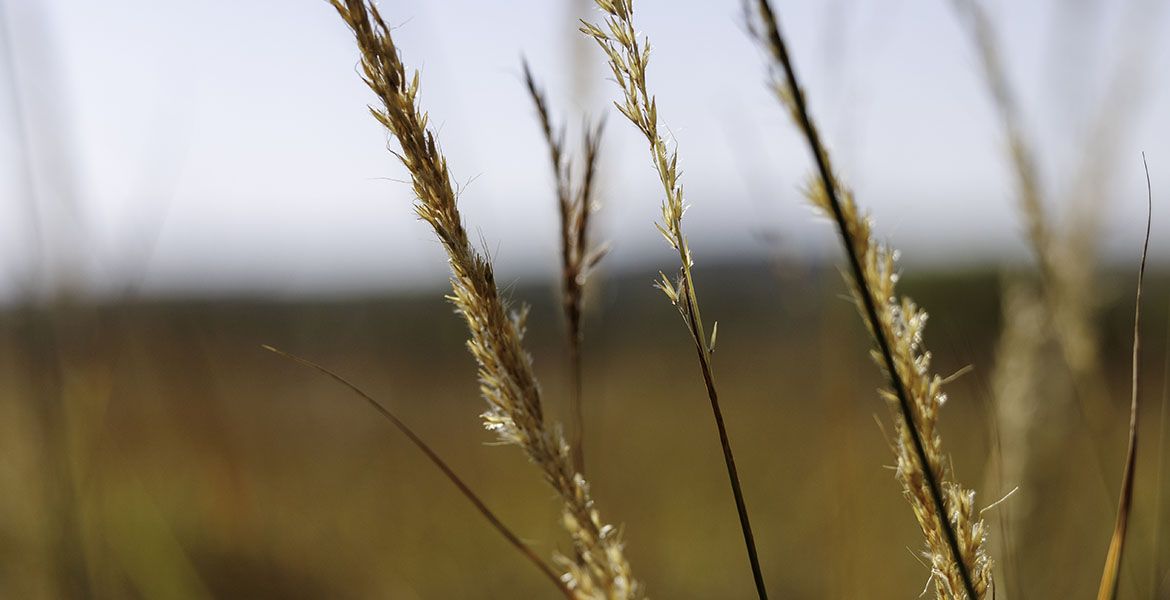
Christensen completed the rangeland fertility project as part of her honors thesis and will graduate in May 2025. She plans to continue her education at Sul Ross State University in Texas with the ultimate career goal of becoming a range soil ecologist.
“My parents are ecologists, so understanding rangelands is something I grew up with – we talked about how to remove cedar trees at dinner,” Christensen said. “A lot of range people focus on grazing or fire, particularly here in this region, but for me, the soil is what we have to conserve first if we want to protect our rangelands.”
The field of rangeland ecology and management emphasizes the need for restoring and preserving the ecosystems of U.S. grasslands, shrublands and forests.
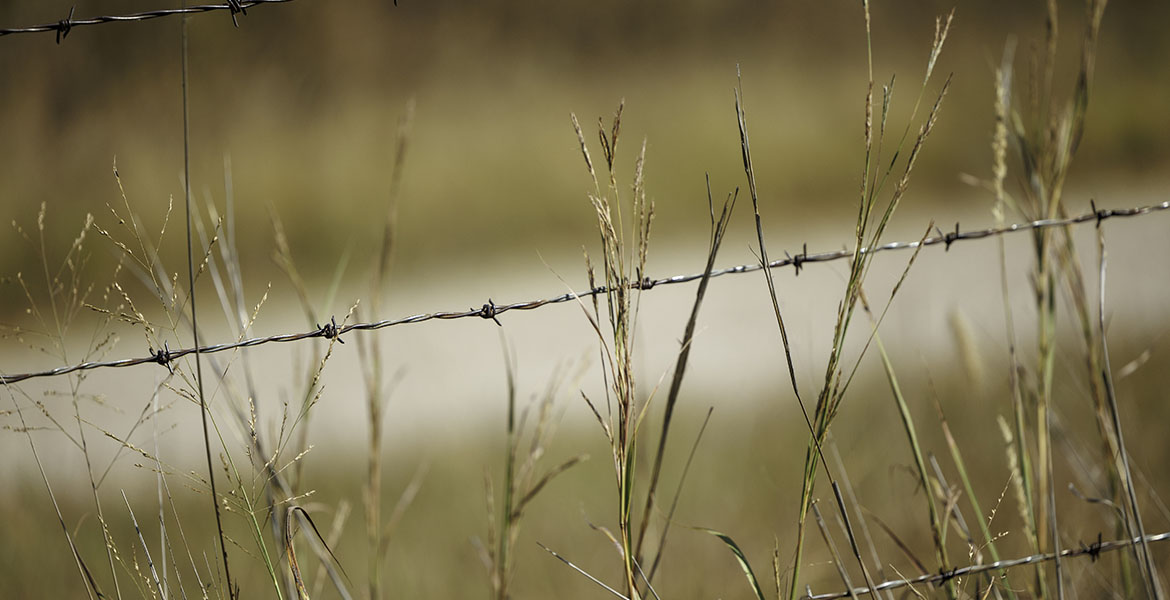
Rangelands cover more than 46% of the Earth’s land surface, harboring wildlife, natural resources and livestock production, but destructive wildfires, urban sprawl and invasive species are destroying the natural landscape at an alarming rate.
“It has been estimated that each year we are losing 2.5 million acres of grassland, on average,” said Karen Hickman, professor of natural resource ecology and management, director of OSU’s environmental science program and president of the Society for Range Management. “In many instances, this is due to exurban sprawl, ‘ranchettes’ or the conversion to crop or pastureland through tillage, over 1.6 million acres in the Great Plains. These rangelands are some of the most endangered ecosystems in the U.S.”
“Ecology isn’t putting a glass box over something we want to keep that way forever,” Christensen said. “We want to understand what processes led to that environment existing the way it’s supposed to and conduct conservation with grazing, prescribed fire and fertility management.”
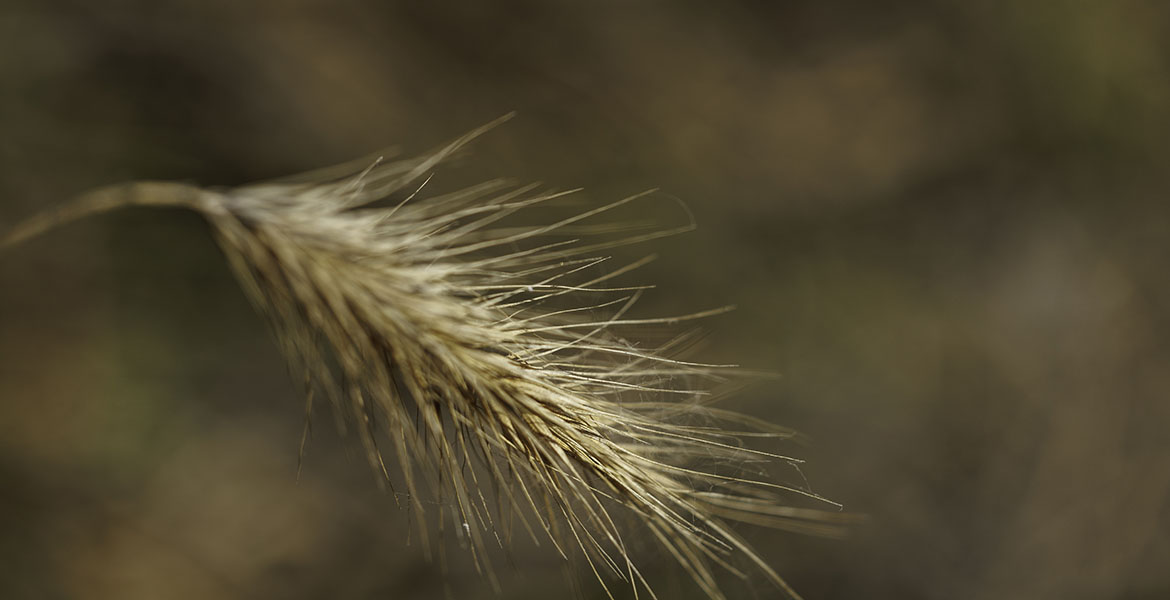
One aspect of rangeland ecology examines how landowners, producers and the public can work together and understand how to protect lands as they are used for food production. Land disturbance is an aspect of conservation that Christensen said people don’t often consider but OSU successfully teaches to its students.
“Natural disturbances occurred on this land long before settlers got here,” she said. “Livestock and wildlife grazing and fire set naturally have existed in this landscape for the past 10,000 years.”
Rangeland management involves studying, conserving and sustaining the living and nonliving organisms of land through grazing, fire and other beneficial disturbances. Knowledge of soil, water and vegetation is key in practicing sound ecological principles and serving as proper land stewards.
“Rangelands support a myriad of ecosystem services and associated benefits for human society, including food and fiber production, wildlife habitat, pollination, water infiltration and much more,” according to the Society for Range Management’s latest task force report. “Rangelands provide abundant habitat for wildlife species, game and non-game, clean air, clean water and soil stability. Livestock production in the U.S. is largely based on rangeland grazing.”
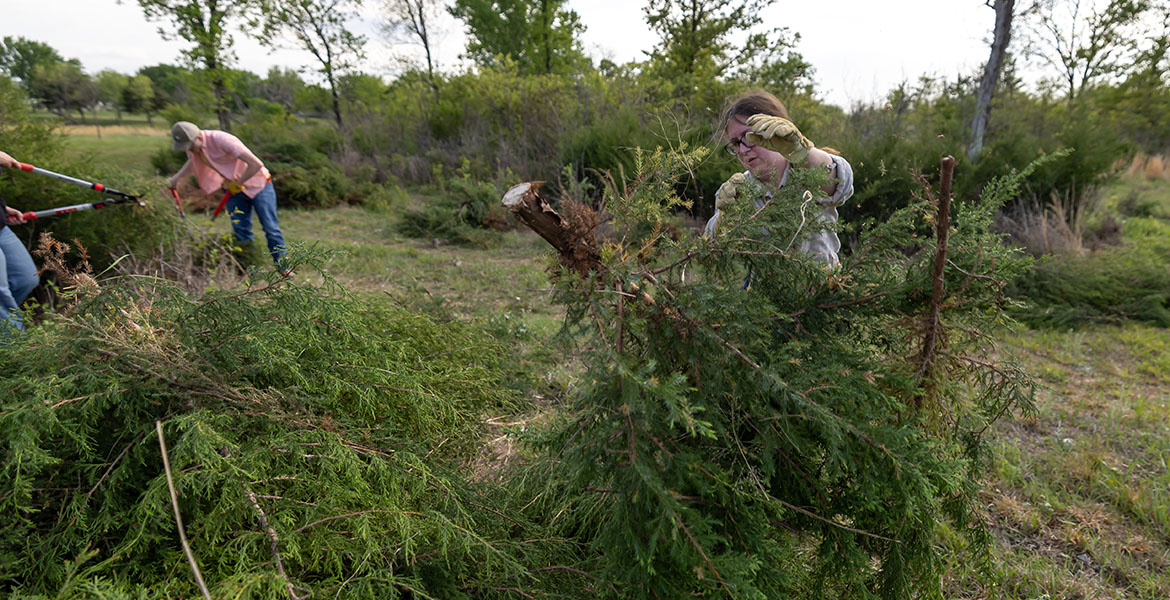
OSU’s Ferguson College of Agriculture offers undergraduate and graduate degree options in natural resource ecology and management with an option in rangeland ecology management, preparing students for successful career endeavors.
OSU rangeland management alumni are employed as field botanists, rangeland conservationists, range Extension specialists, ranch managers, refuge or preserve managers, restoration ecologists, invasive plant management professionals, tribal land managers, watershed/riparian ecologists and more.
In addition to an academic degree, OSU Extension offers rangeland management resources to residents statewide through OSU Extension educational courses, videos, materials and consultation with Extension specialists.
The Ferguson College of Agriculture, OSU Ag Research and OSU Extension strive to provide land management services that support landowners and residents statewide. The two units of OSU’s land-grant mission will provide more rangeland management information in anticipation of the International Year of Rangelands and Pastoralists in 2026, as declared by the United Nations.
